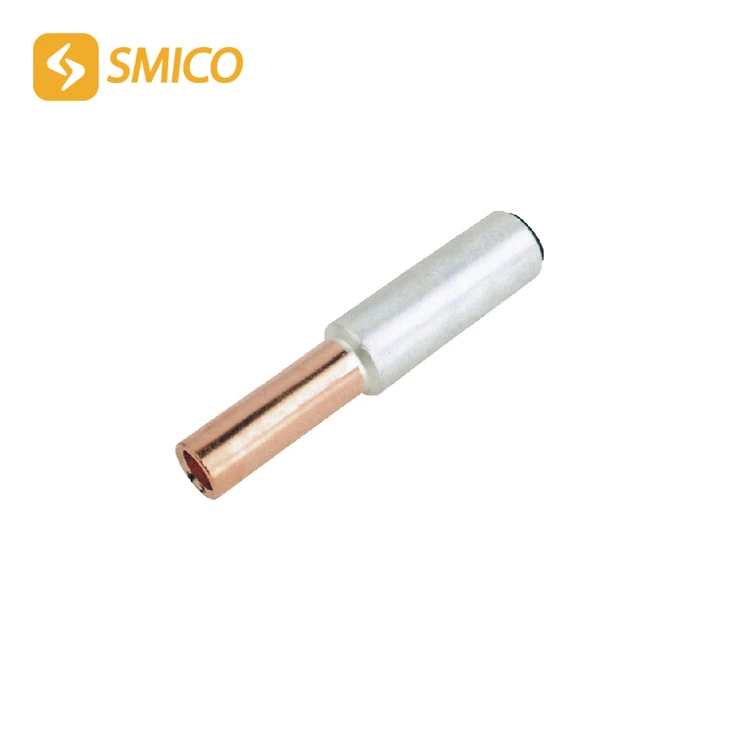Tips For Selecting Terminal Blocks
Aluminum Cable Lug is a common connector product in industrial production. During use, it can transmit stable signals and currents to the required equipment. However, there are thousands of terminal product types on the market, and their application materials are also different.
Compression Cable Lug Conventional production materials and characteristics are summarized as follows:
Terminals and connectors, the conductor used in the busbar is made of electrolytic copper (H65) as the basic material. Copper has excellent conductivity and is second only to silver. Since the wires connected to the terminals are all made of copper, the same material and the same expansion coefficient will not cause loose connections.
In order to meet different product requirements, different materials must be selected according to specific applications
1. Thermosetting plastic EP
It has good geometric stability, low water absorption, and a high tracking index compared to conventional thermoplastics. It has excellent flame retardancy and is more stable than thermoplastics when the temperature rises, but has poor toughness;
2. Glass fiber reinforced nylon PA-F
Glass fiber reinforced nylon has strong rigidity and hardness, and its operating temperature is higher than that of non-reinforced nylon. Therefore, it is also suitable for overvoltage protection.
Reinforced nylon absorbs less water than non-reinforced nylon. Apart from the above differences, the other properties of the two materials are the same. According to UL94, the flame retardant grade of fiber-reinforced nylon is HB to V0, among which V0 type materials are dyed black in most cases;
3. Thermoplastic polycarbonate PC
Such as high hardness, good impact toughness, transparency, dimensional stability, good insulation performance and good thermal stability.
Transparent polycarbonate is particularly suitable for cover or identification materials.
Polycarbonate has stability against erosion by mineral acids, saturated fat carbohydrates, gasoline, fats and oils.
Polycarbonate is less resistant to solvents, benzene = lye, acetone and ammonia. Stress cracks may form when in contact with certain chemical reagents;
4. Thermoplastic polyester PBT
PBT has good geometric stability, and the material has high strength and heat resistance after glass fiber reinforcement. It also has reliable flame retardancy and excellent electrical properties;
5. Thermoplastic nylon 6.6
High requirements are placed on the quality of the insulating shell of the combined terminal. Most of them are made of thermoplastic nylon 6.6, which can be processed economically by injection molding, is harmless to the environment, and is conducive to recycling.

